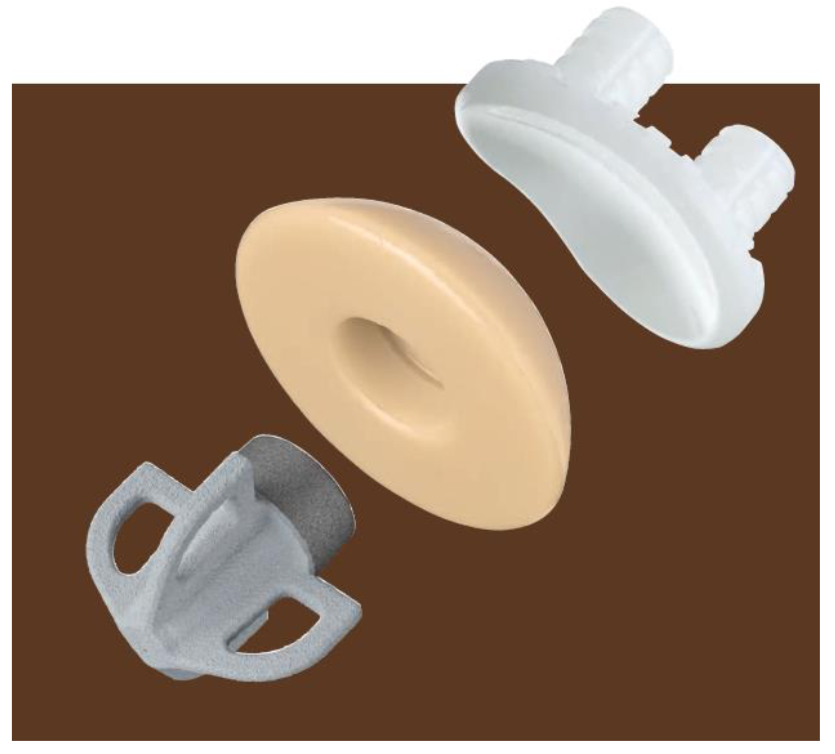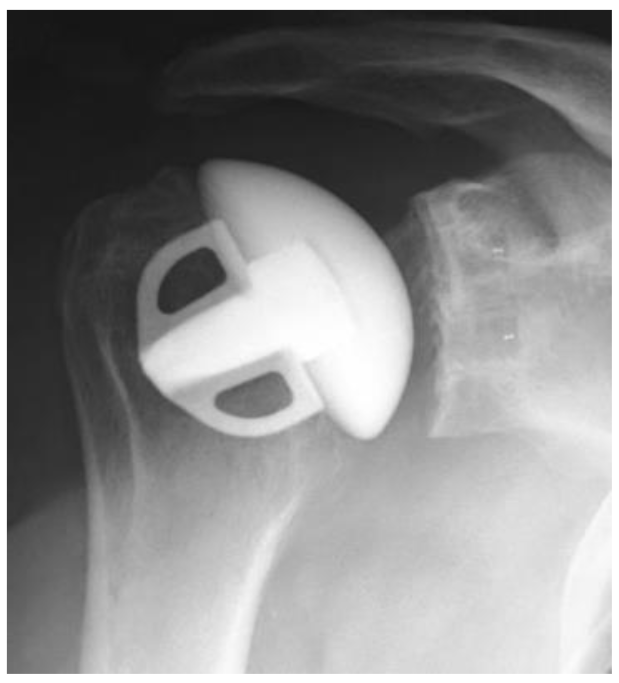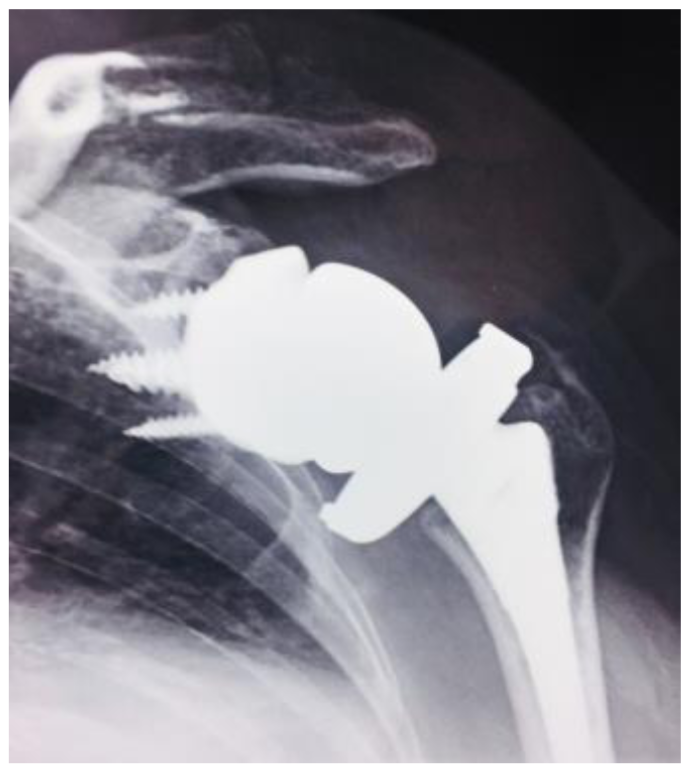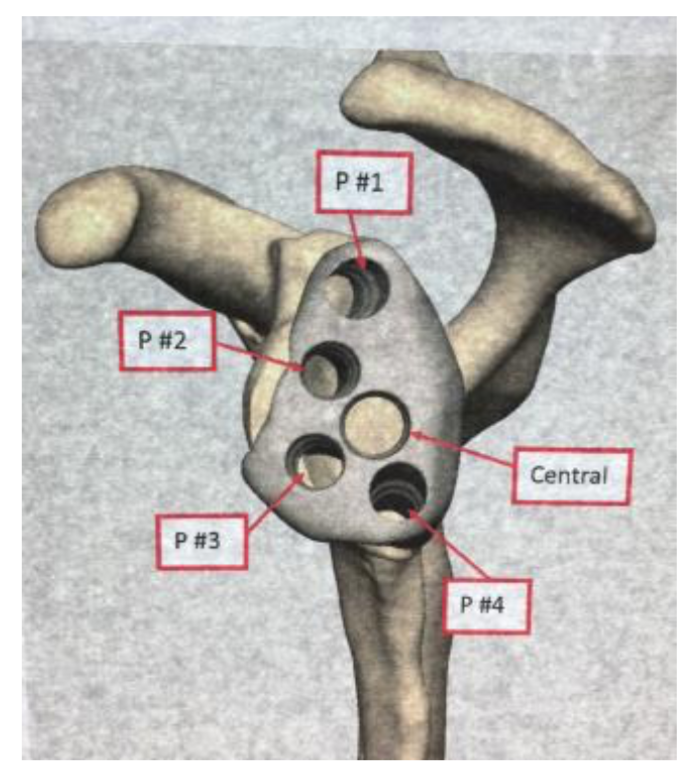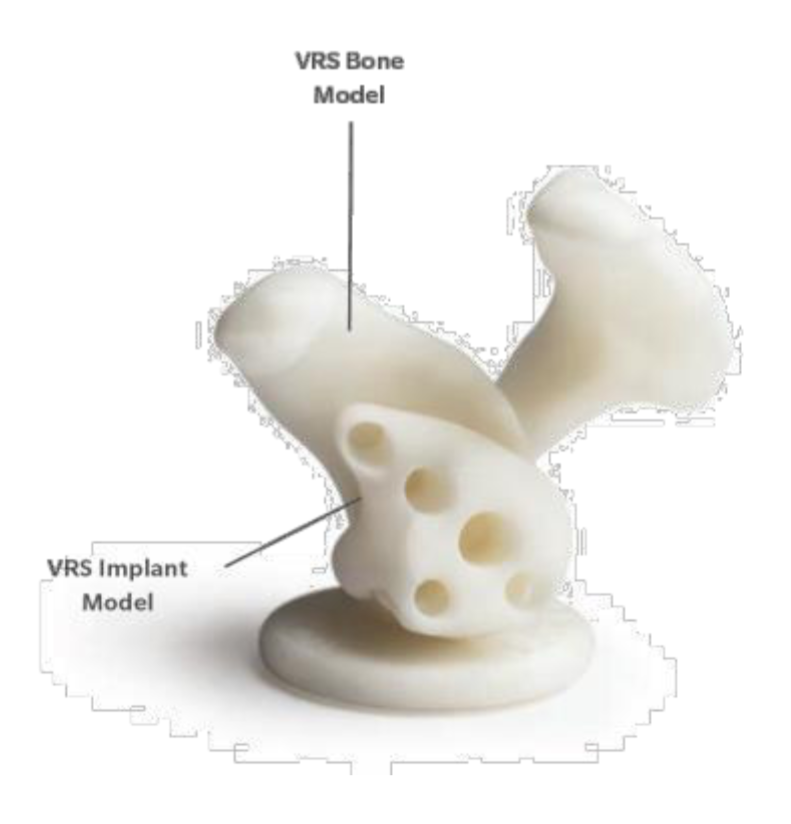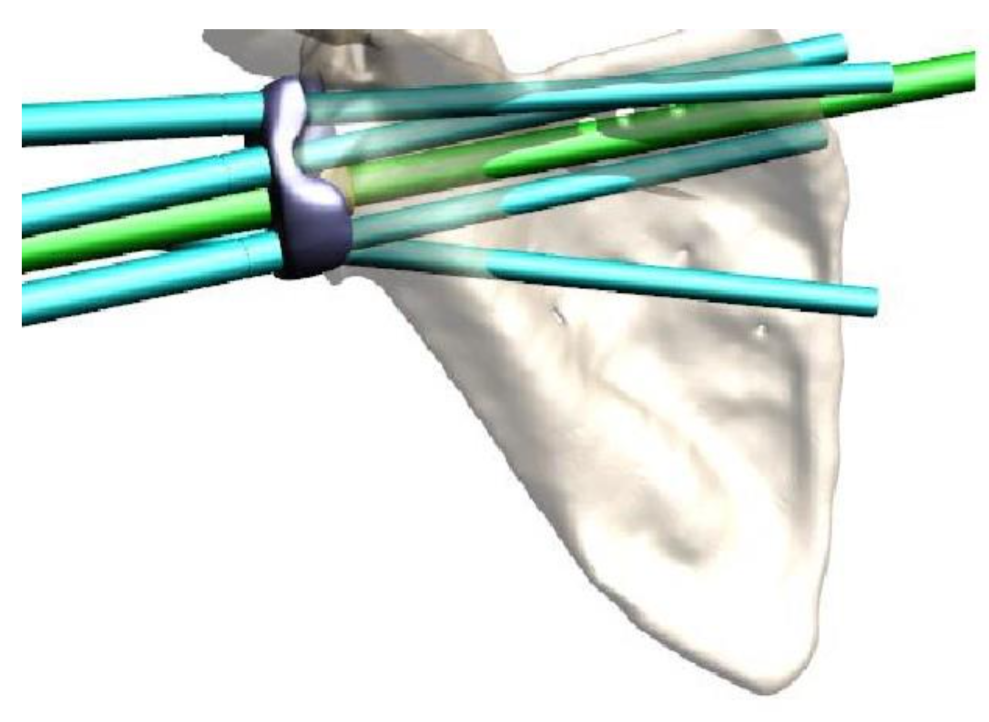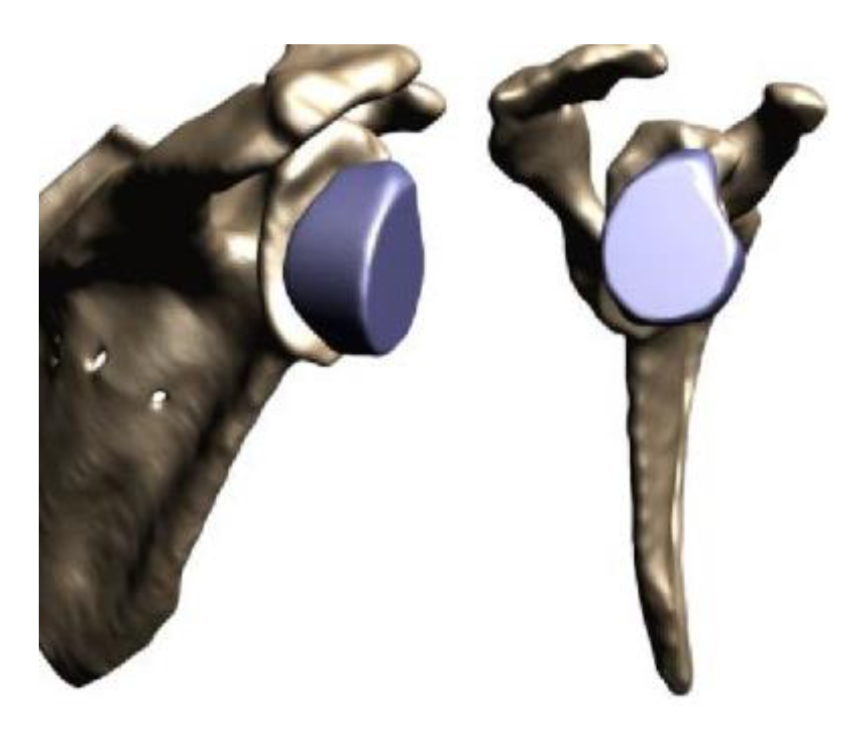SHOULDER SURGERY
REGENETEN BIOINDUCTIVE IMPLANT
COMPUTER ASSISTED SURGERY
Over the last few years there have been many new advances in the design and implantation of shoulder joint replacements. For patients who have arthritic shoulders with significant bone destruction or deformity a more significant degree of pre-operative and intra-operative planning is necessary. At times a computer simulator is used to generate “Patient Specific Instrumentation” to optimise component positioning. At other times a sophisticated computer evaluation and GPS navigation system is used. This enables pre-planning of the type of implant that would best conform to the shape of the patient’s shoulder deformity and compensate for this to improve the alignment and positioning of the definitive implant. It also may assist in optimum positioning and direction of the fixation screws. Professor Bokor’s extensive experience will ensure that the best option will always be considered and selected for your shoulder.
COMPLEX SHOULDER PROBLEMS AND FAILED SURGERY
Following previous shoulder surgery and despite best attention and care some patients do not achieve the desired optimal result. There can be many reasons for this which require meticulous assessment and appropriate investigations.. At times there is the need for a multidisciplinary team approach including other specialist surgeons, sports physicians, geriatricians, general physicians, pain management consultants as well as specialised physiotherapists. With over two decades of surgical experience in shoulder surgery, Associate Professor Des Bokor brings significant expertise, care, concern and insight in managing patients with such complex, difficult and disappointing surgical problems putting together an appropriate support team as determined by the nature of clinical diagnosis.
TOTAL SHOULDER REPLACEMENT
Your shoulder joint can gradually develop arthritis. This is due to a variety of factors such as previous injury (including dislocations), wear and tear, rotator cuff tears, inflammatory diseases such as rheumatoid arthritis or gout, past infection and genetic factors. As a consequence you have increasing pain and loss of function with difficulty using the arm and disturbance of your sleep because of pain.
First options for management include anti-inflammatory and pain medication, modification of aggravating activities (if possible), physiotherapy to maintain flexibility and muscle tone of the shoulder, cortisone injection into the joint and rarely arthroscopic debridement of the shoulder in the younger patients. Eventually the pain and loss of function is not able to be improved and starts to interfere with everyday life. At this point the benefits and risks of shoulder joint replacement will probably be discussed as an option to improve your comfort and function. Following shoulder replacement you should experience an improved level of movement and significant pain relief. You should still remember that an artificial joint can never fully restore normal joint function.
There are many options for the type of shoulder replacement and this should be tapered to the individual patients problems and requirements. Shoulder replacement requires considerable skill and judgement on the part of the surgeon to evaluate your functional needs as well as the character and degree of your arthritis to select the best type of prosthesis to your clinical situation.
ANATOMIC TOTAL SHOULDER REPLACEMENT
When the amount of bone deformity is mild – moderate and the rotator cuff is intact then an Anatomic Shoulder Replacement is the preferred option. In most patients the anatomic joint replacement may just replace the arthritic humeral head, but most commonly replaces both the glenoid (socket) and the humeral head (ball with stems or minimally invasive stemless prostheses). Our preferred replacement consists of a Titanium short stem/cage (inserted without cement), a Ceramic ball and a Vitamin E polyethylene socket (inserted with cement). If the bone quality is poor, then a slightly longer stem may be used to support the ball.
REVERSE TOTAL SHOULDER REPLACEMENT
In situations where there is an unrepairable rotator cuff tear, poor function, arthritis with bone deformity (severe) or where there has been a failed previous shoulder replacement the problem can be significantly improved with a Reverse Total Shoulder Replacement. Here because of the altered mechanics of the shoulder, the components have been changed to compensate for the tendon and bony problems. As implied, the shoulder is reversed so that the ball is attached where the socket previously was and the socket is placed onto the humerus where the ball initially was.
In some situations where the amount of bone deformity is minimal but the rotator cuff is unrepairable a “standard” reverse replacement is inserted. However, with increasing bone deformity there is often a need to used significant pre-operative planning to design appropriate instrumentation and plan the technique of insertion. This can include using custom designed components to optimally reconstruct the joint deformities. A new and innovative technique which has enabled significant improvements in shoulder function that in the past was not possible. Other techniques used include Computer Assisted Orthopaedic Surgery which enables substantially increased surgical accuracy and precision with the aim to significantly improve long-term patient outcomes.
Here is an example of a computer designed custom implant and patient specific custom designed instrumentation used in a patient with a complex bone deformity.
This is an example of the computer assisted reverse shoulder replacement with optimal positioning of the components determined with computer assistance GPS directing the cuts, bone preparation and screw placement.
COMPLEX FAILED SHOULDER REPLACEMENT SURGERY
With over two decades of surgical experience in joint replacement surgery, Professor Des Bokor brings significant expertise and insight in managing patients who have had previous shoulder replacements and experienced a less than desirable result. Joint replacements can have ongoing pain or poor function due to a number of problems which need meticulous investigation and a strategic plan of management to correct the problem and provide improvements in pain and function. While most patients have the potential to be improved with a planned surgical reconstruction, full function and pain free use of the arm may not always be achieved.


